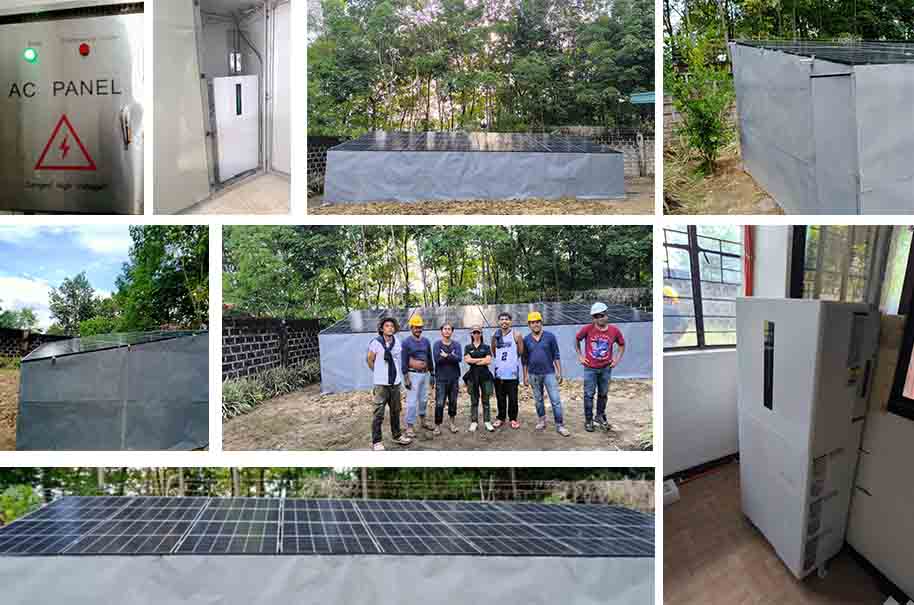
In recent years, the Philippines has been making significant strides in embracing renewable energy sources, with a particular focus on solar power systems. The tropical climate of the Philippines makes it an ideal location for harnessing the abundant sunlight to generate clean and sustainable energy. As the country grapples with the challenges of climate change and energy security, solar power systems have emerged as a promising solution to meet the growing energy demands while reducing carbon emissions.
One of the key advantages of solar power systems is their scalability, making them suitable for a wide range of applications, from residential rooftops to large-scale solar farms. In the Philippines, solar power systems are being installed in both urban and rural areas, providing a reliable source of electricity to communities that are off the grid or experience frequent power outages. This not only improves the quality of life for residents but also contributes to economic development by powering businesses and industries.
The installation of solar power systems in the Philippines is also driven by government incentives and policies that promote renewable energy adoption. Through programs such as net metering and feed-in tariffs, homeowners and businesses are encouraged to invest in solar power systems by allowing them to sell excess electricity back to the grid or receive compensation for the energy they generate. These incentives not only make solar power systems more affordable but also help reduce the reliance on fossil fuels, leading to a cleaner and more sustainable energy mix.
Furthermore, the environmental benefits of solar power systems cannot be overstated. By harnessing the power of the sun, solar panels produce electricity without emitting greenhouse gases or other harmful pollutants, helping to mitigate the impacts of climate change and improve air quality. In a country like the Philippines, which is vulnerable to the effects of climate change, the transition to solar power systems plays a crucial role in building a more resilient and sustainable future.
In conclusion, the adoption of solar power systems in the Philippines represents a significant step towards achieving energy independence and reducing the country's carbon footprint. By leveraging the abundant sunlight that the Philippines receives year-round, solar power systems offer a clean, reliable, and cost-effective alternative to traditional fossil fuels. As the country continues to invest in renewable energy infrastructure, the future looks bright for solar power in the Philippines.
English
العربية
Français
Русский
Español
Português
Deutsch
italiano
日本語
한국어
Nederlands
Tiếng Việt
ไทย
Polski
Türkçe
ພາສາລາວ
ភាសាខ្មែរ
Bahasa Melayu
Filipino
Bahasa Indonesia
magyar
Română
Čeština
Монгол
Kiswahili
Slovenčina
Norsk
Svenska
українська
Ελληνικά
Suomi
Dansk
Shqip
বাংলা
Hrvatski
Eesti keel
Māori
नेपाली
Oʻzbekcha
भोजपुरी
Bosanski
Български
Frysk
Galego
ქართული
Кыргызча
Lingala
Lietuvių
Македонски
Malagasy
Malti























